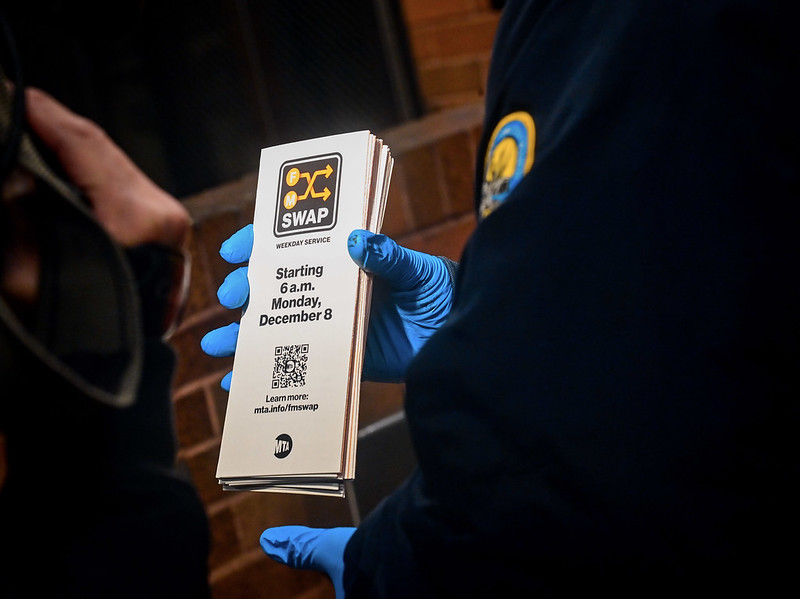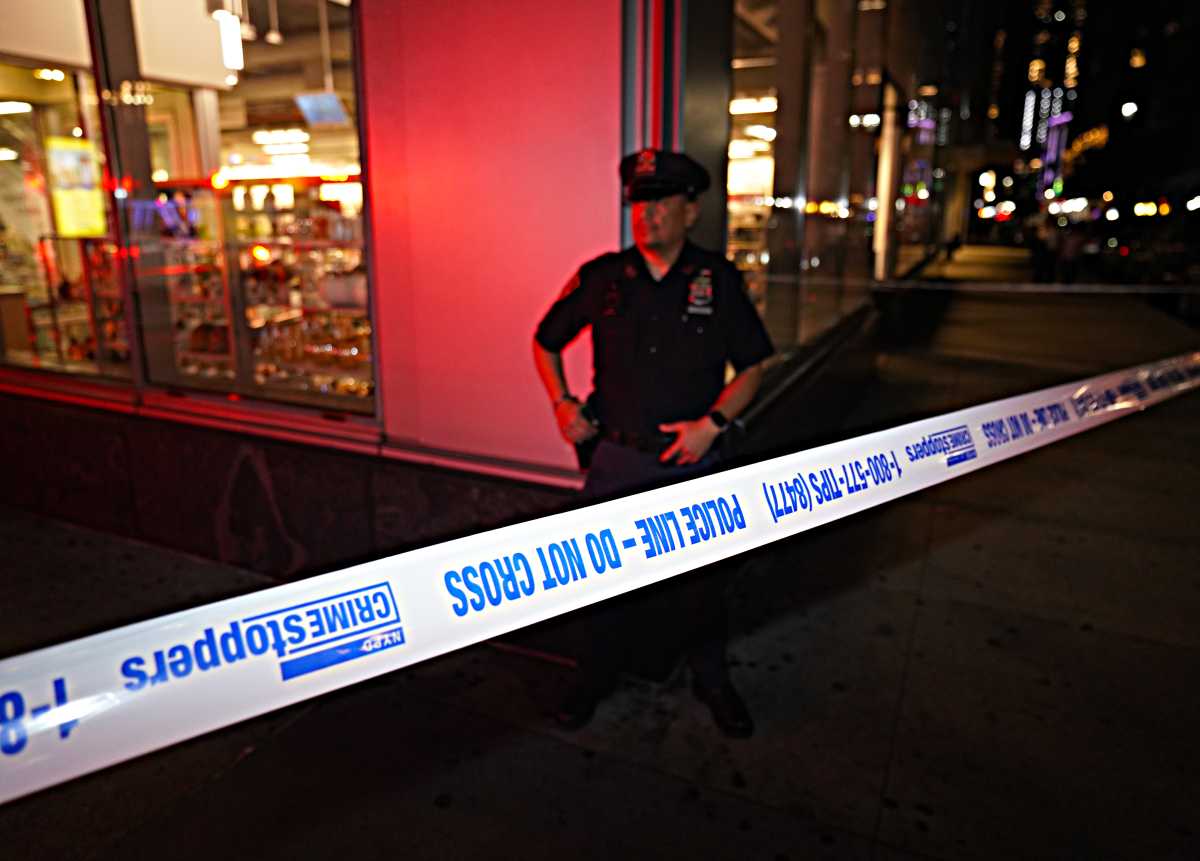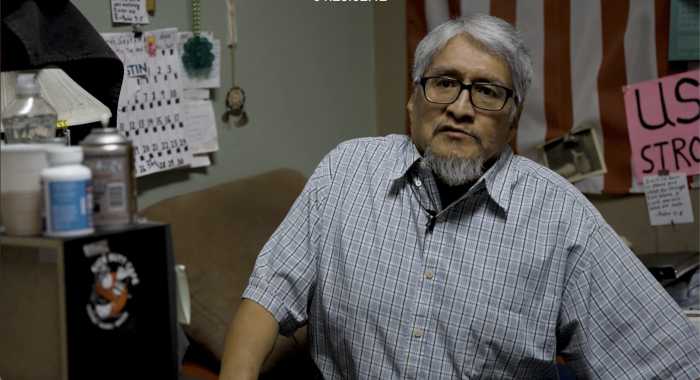Recent revisions to district lines have done little to darn the disharmony between Republicans and Democrats.
The New York State Legislative Task Force on Demographic Research and Reapportionment (LATFOR) — made up largely of Republican senators due to their current control of the chamber — released its updated district maps on March 12, angering Democrats due to the miniscule modifications made over the past month.
The new lines, which no longer couple the districts of Senators Michael Gianaris and Jose Peralta, still combine the regions of Senators Tony Avella and Toby Ann Stavisky. Slight changes were also made to the first-ever Asian American majority district created in the initial maps.
Despite their districts no longer being threatened, both Gianaris and Peralta have spoken out against the maps and are hopeful Governor Andrew Cuomo follows through on his pledge to veto any partisan proposals.
“The lines have barely changed at all,” said Gianaris, who called the pairing of himself and Peralta a harassment tactic. “The first proposal is the worst gerrymandering in the history of New York State, and the second proposal is 98 percent as bad. The real problem is the way they are dividing communities around the state and that is what has yet to be fixed. The best hope now is for the governor to veto the lines and let the court do it fairly.”
Frank Sobrino, a spokesperson for Peralta, says the situation is “bigger” than the two senators, and the new lines do not provide any progress from the initial maps, which were considered to be “blatantly partisan.”
“I want the governor to follow up on his commitment to veto these lines,” Peralta said.
Scott Reif, spokesperson for the Senate GOP and LATFOR, says he expects the maps to be approved by both the Senate and Assembly.
“We expect these to be the final lines for the Senate and Assembly,” Reif said. “We held nine additional public hearings [across the state] and we made changes from what we were hearing from different communities.”
Along with the updated maps, LATFOR also introduced legislation that would create a bipartisan commission to draw district lines, a measure many politicians have been calling for. Based on the bill, the commission would be composed of 10 members — two from each party from both the Senate and Assembly and an additional two members chosen by the initial eight.
If approved, the commission would be in charge of deciding district lines the next time they are up for revision in a decade — a length of time deemed unacceptable by many Democrats.
“That’s 10 years from now,” Sobrino said. “Each and every single Republican signed a pledge before they ran last time supporting an independent process. They didn’t say they were going to fix the situation 10 years from now. They said they were going to fix it now.”






























